‘Continuusparity’ in ants
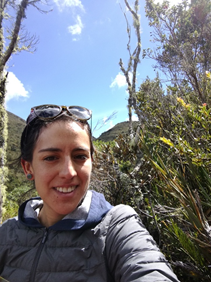
In the recent article “Late-life fitness gains and reproductive death in Cardiocondyla obscurior ants” published in Life, the authors Luisa Maria Jaimes-Nino, Jürgen Heinze, and Jan Oettler investigate the “selection shadow” hypothesis. This hypothesis posits that senescence occurs with a decrease in selection strength which results from a lower proportion of newborns from parents. Interestingly, this hypothesis does not seem to apply entirely to queens of social insects. The authors tracked 99 C. obscurior ant colonies and detected that queens produced sexual offspring in late life regardless of their absolute lifespan or the number of workers present. Moreover, they revealed that old queens displayed a brief phase of senescence late in life with a reproductive death. The authors propose that the evolution of superorganismality is accompanied by ‘continuusparity’ (Lat.: ‘continuus’ meaning incessant/successive; and ‘parere’ meaning giving birth), that is, the combination of lifelong continuous reproduction and increasing fitness returns late in life. Here, first author Luisa Jaimes-Nino answers some questions and shares some pictures.
An interview compiled by Patrick Krapf, Lina Pedraza, and Beatriz Porthina

MNB: Could you tell us a bit about yourself?
LMJN: I am from Colombia, a country with a huge biodiversity. During my Bachelor studies at the Universidad de los Andes I fell in love with invertebrates because of their amazing shapes, and innovative solutions they have evolved to adapt to their environment. I think that is what inspired me to study the community of moths in the Neotropics, and what led me to come to Germany for my Master at the Friedrich-Schiller Universität in Jena. With Dr. Gunnar Brehm, I studied the megadiverse taxa of Arctiinae and Geometridae (Lepidoptera) of Peru at the edge of the rainforest. For my Ph.D., I wanted to study Evolutionary Biology, and I started working with Dr. Jan Oettler and the CORE group (cardiocondyla.com) at the Heinze Lab at the Universität Regensburg. My Ph.D. is funded within the frame of the So-long Project, a big initiative headed by Dr. Judith Korb, that aims to understand social insect ageing. In my project, I wanted to understand why ant queens (and probably other social insects too) seem to defy senescence!
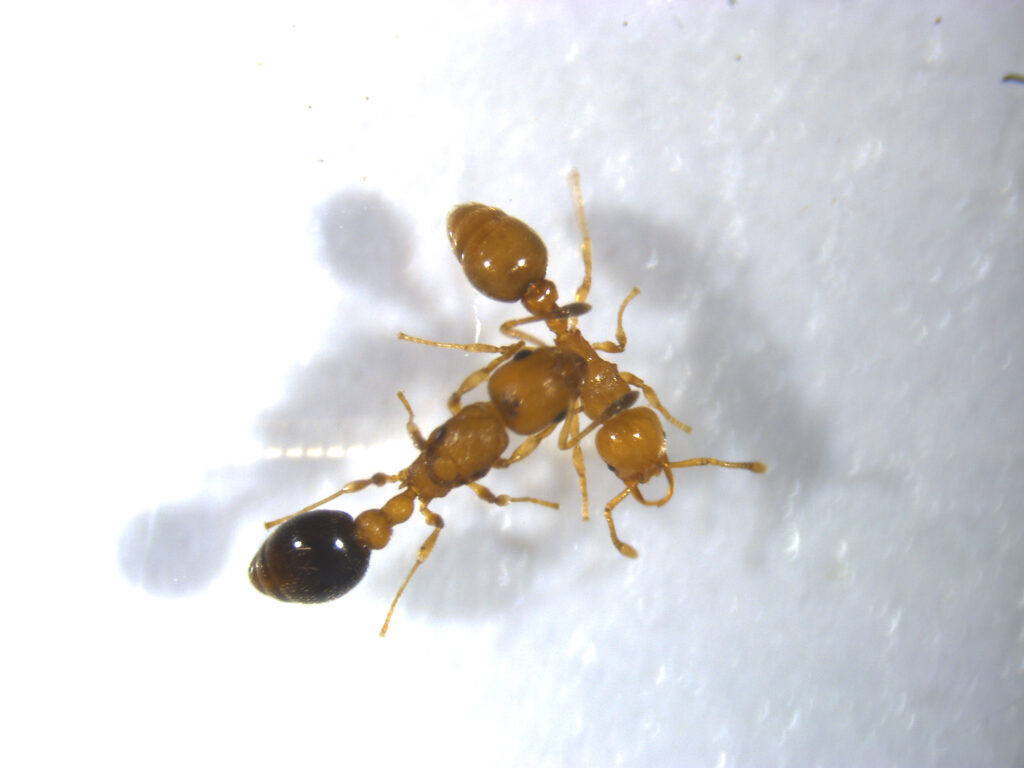
MNB: Could you briefly outline the research you recently published in layman’s terms?
LMJN: We wanted to know why queens of social insects do not seem to show signs of senescence, and how can they be highly fertile and long-lived at the same time – defying the classic ubiquitous trade-off between reproduction and fertility. To explore this, I kept queens of the model ant Cardiocondyla obscurior in colonies with different standardized numbers of workers, throughout their whole life, that on average is around 25 weeks and can go up to 49 weeks. I observed when eggs were laid, and when worker or sexual pupae were being produced. In this species, workers are completely sterile. We learned that while egg production is decreased at the end of their life, queens produce proportionally more sexuals. This occurred independently of the number of workers in the colony, and independent of whether the queens were short or long-lived, indicating this is a life history strategy independent of individual fitness. Finally, we observed a strong pattern of ‘massive pathology’ in gene expression data of prope mortem queens (close to their death). This meant a conspicuous signal of age in the data set and a significant increase in genes with functions that have been described as “hallmarks of ageing”.

MNB: What is the take-home message of your work?
LMJN:Basically, all model organisms, including humans, are of the iteroparous type. That means that selection against aging loses its strength after the first reproductive phase, and under this so-called selection shadow, senescence can occur. The other extreme are semelparous species, like the Pacific salmon and lampreys, where senescence occurs after their one reproductive bout. Ants are something different, like a mix: queens have their maximum fitness returns at the end of their life, suggesting strong selection to reach the phase of sexual production. And that is why senescence is delayed in C. obscurior queens. We coined this strategy “Continuusparity”. With that, we finally have a framework to study proximate factors involved with social insect ageing, for example damage accumulation theories, or energy trade-offs between reproduction and longevity.
MNB: What was your motivation for this study?
LMJN:I was motivated by the diverse array of life trajectories of fertility and mortality on the tree of life. Now, social insects have been proposed as outstanding models, but data is really scarce. So, if you are aware of any, please send it to us J! Doing a Ph.D. in a large frame is a big plus, such as the Research Unit on ageing alongside research in termites, bees, and other ant species.
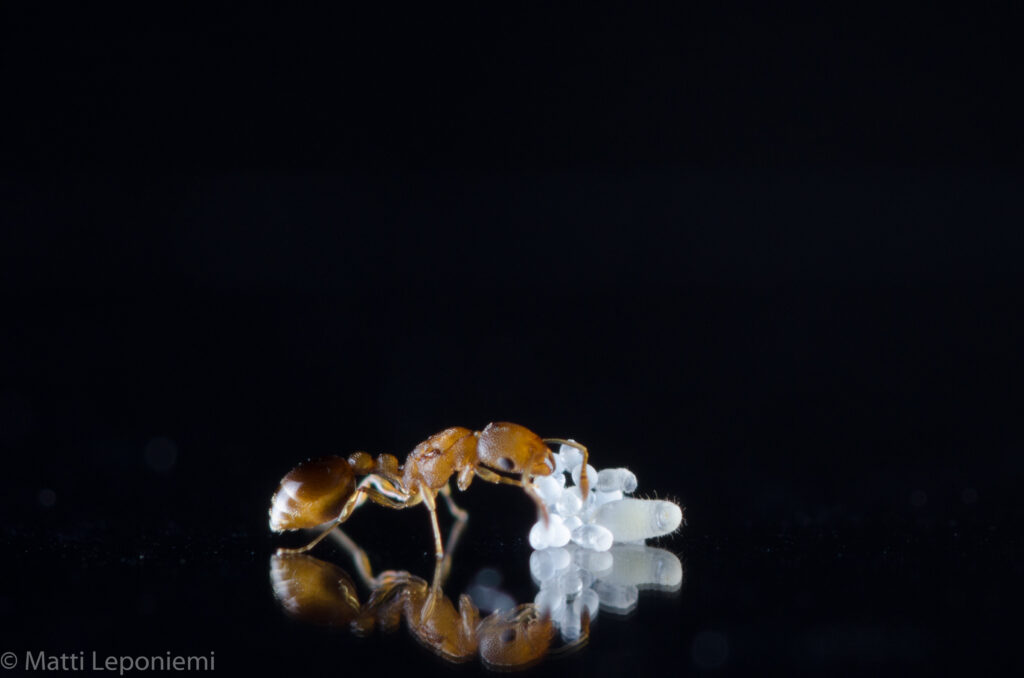
MNB: What was the biggest obstacle you had to overcome in this project?
LMJN: Queens of this species have a peak of egg productivity in the middle of their life. Well, there was a moment in which I felt all of them were passing through this peak. I had to take care of more than 100 colonies at the same time, and this translated to 20 hours of stereoscope observation per week. Gladly, I have amazing colleagues in the CORE group and the Zoologie/Evolutionsbiologie chair who helped me with feeding, counting, and standardizing when needed, and in the end, I was very happy with the data that was gathered.
MNB: Do you have any tips for others who are interested in doing related research?
LMJN: Lots of patience. It is very important not to get demotivated when things do not turn as expected. That is also the beauty of science, it can always amaze us.

MNB: Where do you see the future for this particular field of ant research?
LMJN: It is highly likely that a similar pattern occurs in other social insects, so one step could be to study other species. Factors that might contribute to shape ageing are worth studying; development, density-dependence effects, age-dependent extrinsic mortality, and paternal effects, are some examples. Thanks to Dr. Alexandra Schrempf, we already have a basic knowledge of how lifespan is affected by social context. There is so much more to explore. Using Cardiocondyla obscurior as a model is an advantage because queens have a maximum lifespan of about a year only, and the questions are endless. We will do our first international Cardiocondyla meeting on the 20th and 21st of October this year in Regensburg to exchange the latest research with colleagues from six labs who currently are working with this species of ants. Keep your eyes open for a link in case it will be streamed, I am going to present my latest results on ageing there.

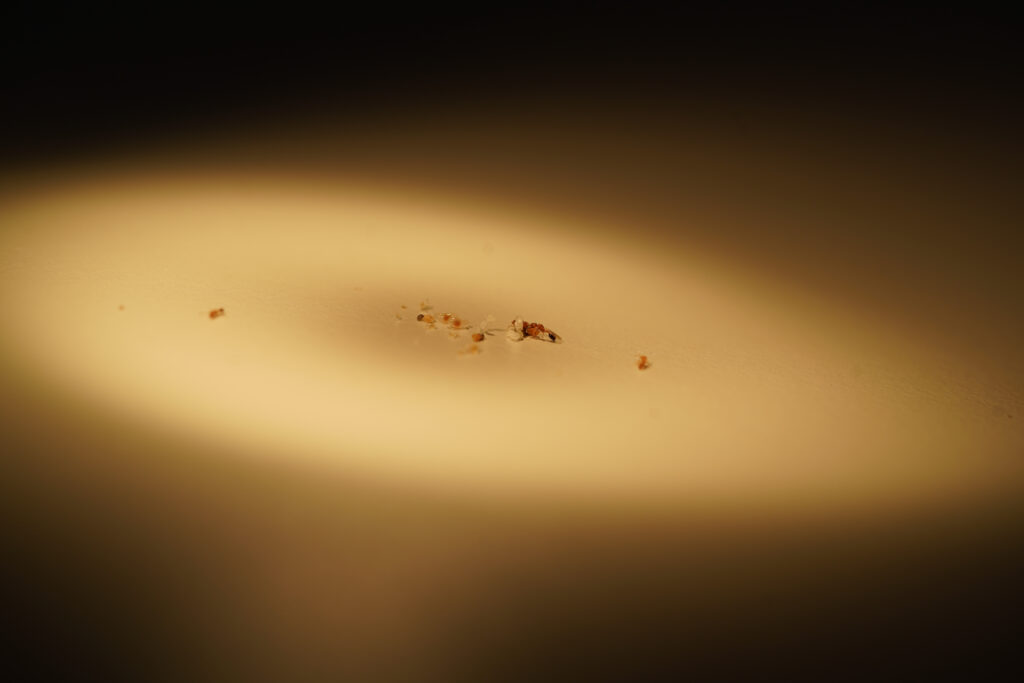


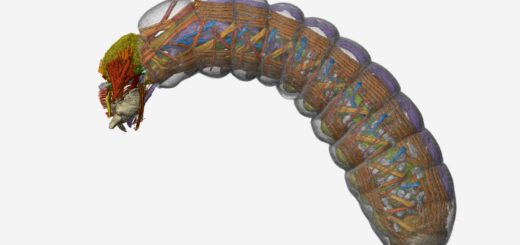
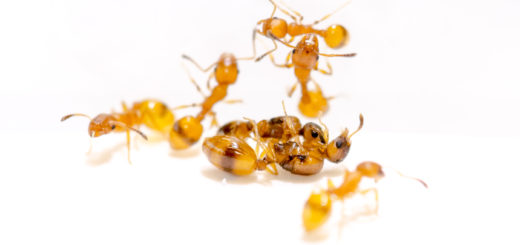
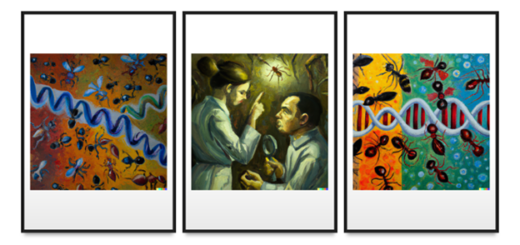
Recent Comments